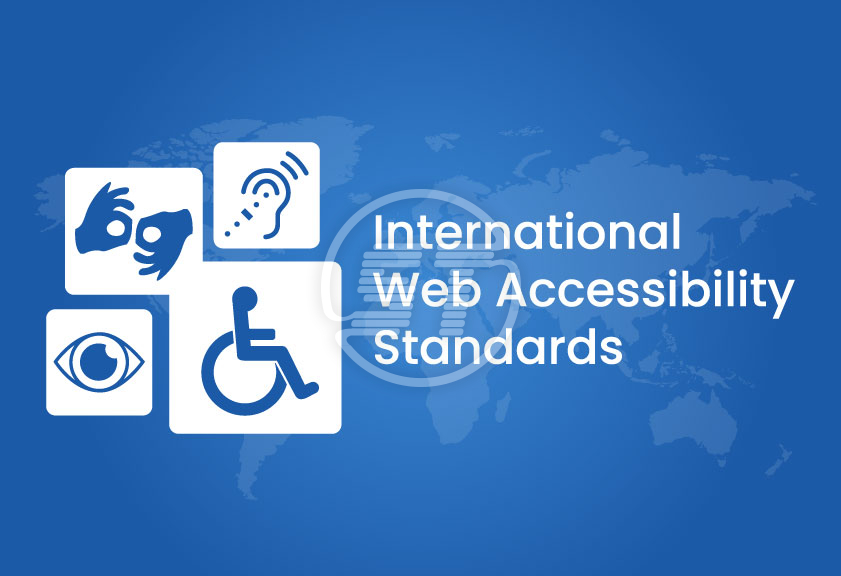Tube Rank: Your Guide to Video Success
Discover tips and insights for optimizing your video presence.
Accessibility for All: Making Your Website a Welcoming Space
Transform your website into an inclusive haven! Discover essential tips for unbeatable accessibility that welcomes everyone.
Understanding Web Accessibility: Essential Guidelines for Inclusivity
Understanding web accessibility is crucial for creating an inclusive online environment. It ensures that all users, including those with disabilities, can access and navigate your website effectively. To achieve this, consider implementing guidelines from the Web Content Accessibility Guidelines (WCAG). These guidelines offer a set of principles to enhance usability, such as providing text alternatives for non-text content, ensuring sufficient contrast ratios for text visibility, and creating keyboard-accessible navigation. By adhering to these principles, you not only comply with legal standards but also expand your audience reach.
Incorporating inclusive design practices can significantly improve the user experience for everyone. Here are essential strategies to adopt:
- Semantic HTML: Use proper HTML tags to convey meaning and structure.
- Keyboard Navigation: Ensure all interactive elements can be accessed via keyboard.
- Form Accessibility: Label all form inputs clearly so that screen readers can interpret them.

10 Simple Steps to Make Your Website More Accessible
Ensuring your website is accessible is vital for reaching a wider audience and improving user experience. Here are 10 simple steps to make your website more accessible:
- Utilize ALT text for images to provide descriptions for users who rely on screen readers.
- Ensure keyboard accessibility so that all interactive elements can be accessed without a mouse.
- Use clear headings to organize content, making it easier for users with cognitive disabilities to navigate.
- Maintain good color contrast to ensure text is legible against the background.
- Include ARIA roles to enhance screen reader support.
- Design for responsive layouts to accommodate different devices and screen sizes.
- Avoid auto-playing media which can be disorienting for users.
- Provide transcripts for audio and video content to make it accessible for all.
- Use simple language and avoid jargon to aid comprehension.
- Regularly test your website with accessibility tools and get feedback from users with disabilities.
Is Your Website Inviting to Everyone? Key Features of an Accessible Design
In today's digital landscape, ensuring that your website is inviting to everyone is not just a preference but a necessity. An accessible design means accommodating all users, including those with disabilities. Key features such as alternative text for images, which provides a text description of visuals, make content understandable to screen readers used by visually impaired individuals. Moreover, employing a color contrast ratio that meets accessibility standards ensures that text is easily readable for all users, including those with color vision deficiencies.
To further enhance the accessibility of your site, consider implementing keyboard navigation. This allows users who cannot use a mouse to navigate seamlessly through your website. Additionally, using semantic HTML elements correctly not only helps search engines understand your content better but also aids assistive technologies in providing a better experience. Regularly testing your website with accessibility evaluation tools can help identify areas for improvement, ultimately making your website more inviting to everyone.